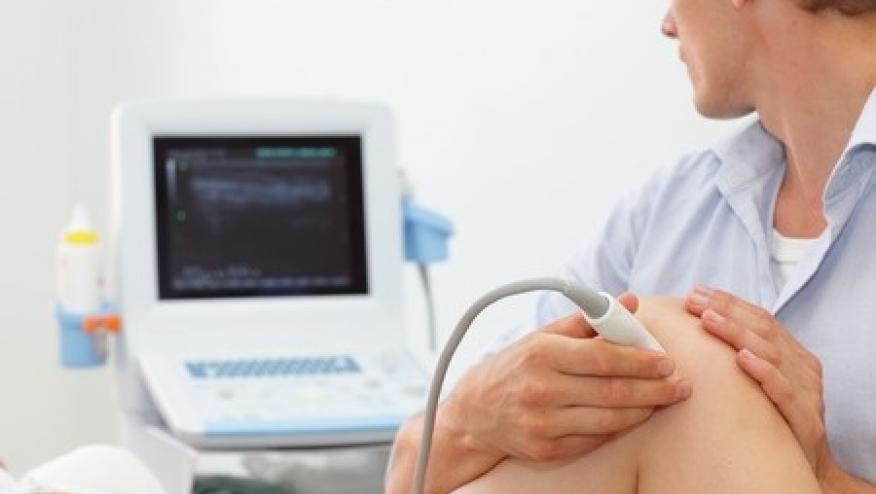Subclinical Synovitis Among Psoriasis Patients Save

A systematic review shows that imaging can be used to detect subclinical synovitis among patients with psoriasis and may identify individuals at risk for future psoriatic arthritis.
A meta-analysis of 12 cross-sectional and case-control studies, synovitis was 2.5 times more likely to be detected using ultrasonography and magnetic resonance imaging among patients with psoriasis compared with controls. Synovitis prevalence was higher among patients with psoriatic arthritis than those with psoriasis, but the difference was not statistically significant.
While it is estimated that psoriasis affects 3% of the population, up to 30% of patients will develop psoriatic arthritis (PsA); but the risk factors for transition are not fully understood. This study evaluated psoriasis patients without musculoskeletal (MSK) involvement using imaging modalities to detect the prevalence of synovitis (by ultrasonograms and magnetic resonance imaging (MRI).
This metanalysis drew data from 12 studies (N = 2606 patients) that included 1593 psoriasis patients; 327 patients PsA patients; and 686 healthy controls
Takeaways:
- Synovitis was 2.5 times more likely among patients with psoriasis than controls (RR, 2.55)
- Detection higher with MRI (RR, 6.40) than ultrasonography (RR, 2.50)
- Synovitis was more, but not signif. different in PsA than with psoriasis (RR, 0.50; 95% CI, 0.13-1.87)
This study suggests subclinical synovitis is prevalent in psoriasis without musculoskeletal involvement, and that imaging may help identify those at increased risk of transition to psoriatic arthritis.










If you are a health practitioner, you may Login/Register to comment.
Due to the nature of these comment forums, only health practitioners are allowed to comment at this time.